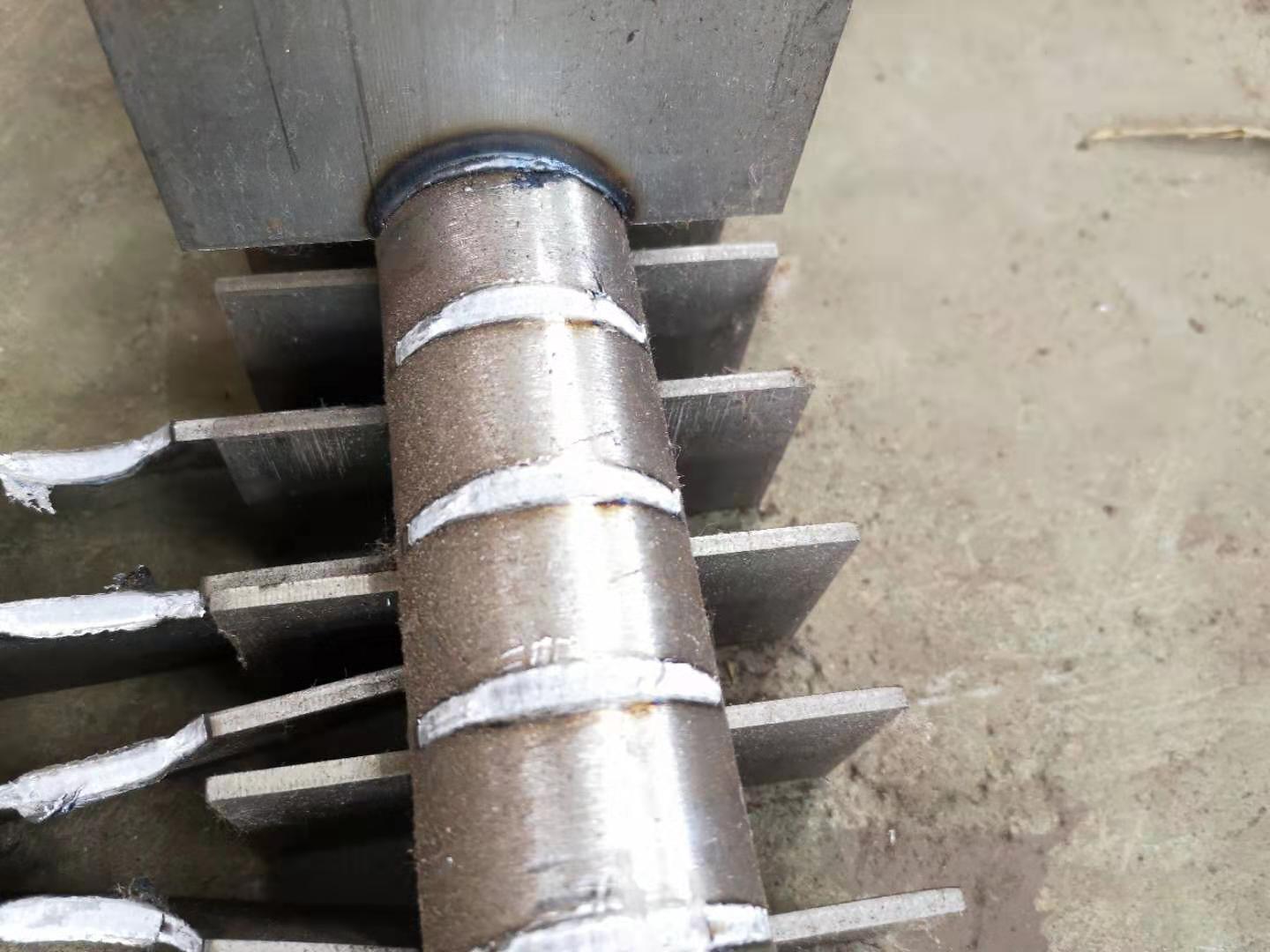High-Frequency Welded Toothed Fin Tubes: Engineering Insights and Industrial Impact
High-frequency welded (HFW) toothed fin tubesare revolutionizing thermal management systems, offering unmatched heat transfer efficiency and structural robustness. Their integration into heat exchangers, industrial cooling units, and automotive systems underscores their critical role in modern engineering. This article dissects their manufacturing workflow, quantifies performance metrics, and highlights sector-specific applications through empirical data and comparative analysis.
Manufacturing Workflow: Precision Meets Speed
The production of HFW toothed fin tubes involves a blend of advanced metallurgy and high-speed welding technology. Below is a breakdown of the process:
-
Material Selection
-
Base Tubes: Aluminum (6061/6063 alloys) or copper (C12200) for optimal thermal conductivity and corrosion resistance.
-
Fin Stock: Pre-treated steel or aluminum strips (0.3–0.8 mm thickness) with serrated edges to enhance turbulence.
-
-
Fin Formation
-
Toothed fins are stamped using CNC-controlled dies, achieving precise geometries (e.g., 6–12 teeth per inch).
-
Example: A leading manufacturer in Germany uses laser cutting for fin profiling, reducing material waste by 8%.
-
-
High-Frequency Welding
-
A 50–450 kHz alternating current induces localized heating at the fin-tube interface, creating a seamless metallurgical bond.
-
Key parameters:
-
Current: 1,500–3,000 A
-
Speed: 80–150 m/min (varies with tube diameter)
-
Cooling: Water jets stabilize temperatures post-weld, minimizing distortion.
-
-
-
Quality Assurance
-
Eddy current testing and helium leak detection ensure weld integrity.
-
Dimensional checks verify fin pitch (±0.15 mm) and height (±0.1 mm).
-
Technical Specifications: Validated by Real-World Data
The table below summarizes production metrics from a 2023 audit of a U.S.-based HFW tube facility:
| Parameter | Target Specification | Actual Production Data | Tolerance |
|---|---|---|---|
| Tube OD | 25.4 mm | 25.3–25.5 mm | ±0.2 mm |
| Fin Height | 12.7 mm | 12.6–12.9 mm | ±0.15 mm |
| Fin Pitch | 3.18 mm | 3.15–3.21 mm | ±0.1 mm |
| Welding Speed | 100 m/min | 98–102 m/min | ±2% |
| Tensile Strength | ≥220 MPa | 225–240 MPa | — |
| Thermal Conductivity | 200 W/m·K (Al) | 205 W/m·K | — |
Source: Quality audit report, ThermalTech Inc., Ohio, USA (2023)
Performance Advantages: Beyond Conventional Designs
HFW toothed fin tubes outperform smooth or helical fin alternatives in critical areas:
-
Heat Transfer Efficiency
-
Serrated fins disrupt boundary layers, increasing turbulence by 30–40%.
-
Case Study: A refinery in Saudi Arabia reported a 22% reduction in heat exchanger size after switching to HFW toothed tubes.
-
-
Durability
-
The absence of filler materials in HFW eliminates weak joints. Accelerated lifecycle tests show a 50,000-hour operational lifespan under 300°C conditions.
-
-
Energy Savings
-
HFW consumes 20–30% less energy than TIG welding. A Chinese HVAC manufacturer cut annual energy costs by $120,000 after adopting HFW lines.
-
Comparative Performance Table
| Metric | HFW Toothed Tube | Laser-Welded Smooth Tube | Extruded Fin Tube |
|---|---|---|---|
| Heat Transfer Coefficient | 450 W/m²·K | 320 W/m²·K | 280 W/m²·K |
| Pressure Drop | 12 kPa | 18 kPa | 22 kPa |
| Production Rate | 130 m/hr | 75 m/hr | 50 m/hr |
| Cost per Meter (USD) | $18.50 | $24.80 | $15.90 |
Industrial Applications: Where Innovation Thrives
-
Power Generation
-
Gas turbine intercoolers use Al-Mg-Si alloy HFW tubes to handle 15–20 bar pressures.
-
-
Automotive
-
Electric vehicle battery coolers leverage lightweight aluminum fins for 40% weight reduction versus copper.
-
-
Chemical Processing
-
Titanium-clad HFW tubes in sulfuric acid condensers resist pitting at pH <1.
-
-
Renewable Energy
-
Geothermal plants deploy nickel-alloy tubes to withstand H₂S-rich environments.
-
Engineering the Future of Thermal Systems
HFW toothed fin tubes exemplify the synergy between precision manufacturing and thermal science. Validated by empirical data from global installations, they deliver measurable gains in efficiency, longevity, and cost-effectiveness. As industries prioritize energy conservation and compact designs, advancements in fin geometry (e.g., hybrid sawtooth patterns) and automated HFW systems will further solidify their dominance in heat transfer applications.
If necessary, you can click connect to contact our engineers.

